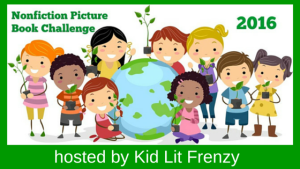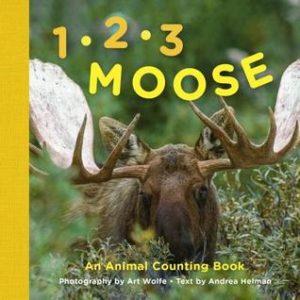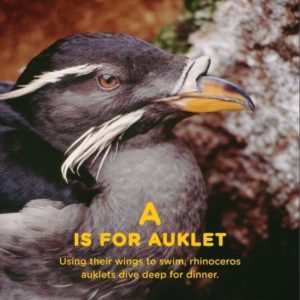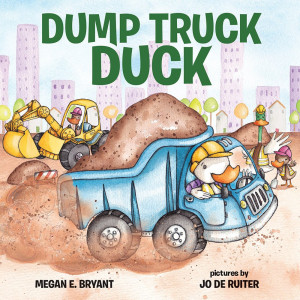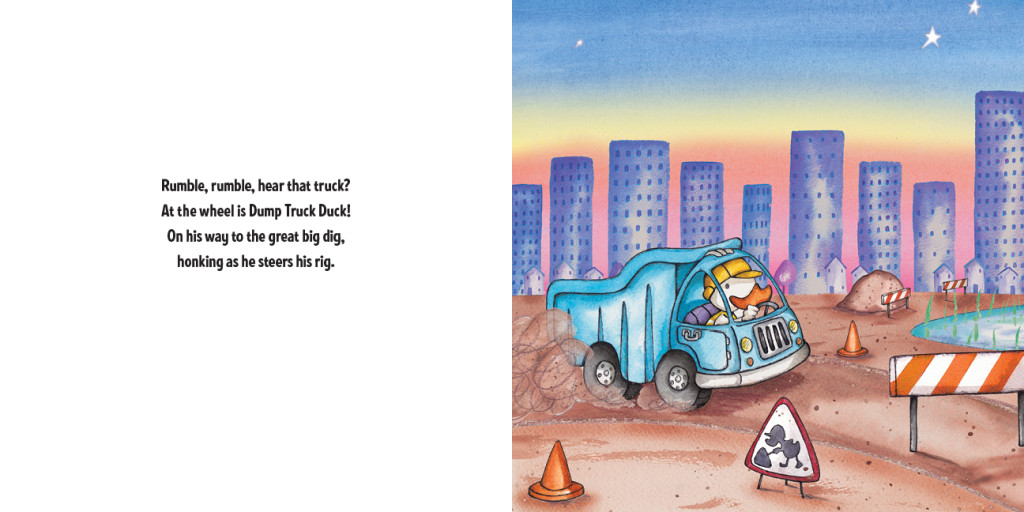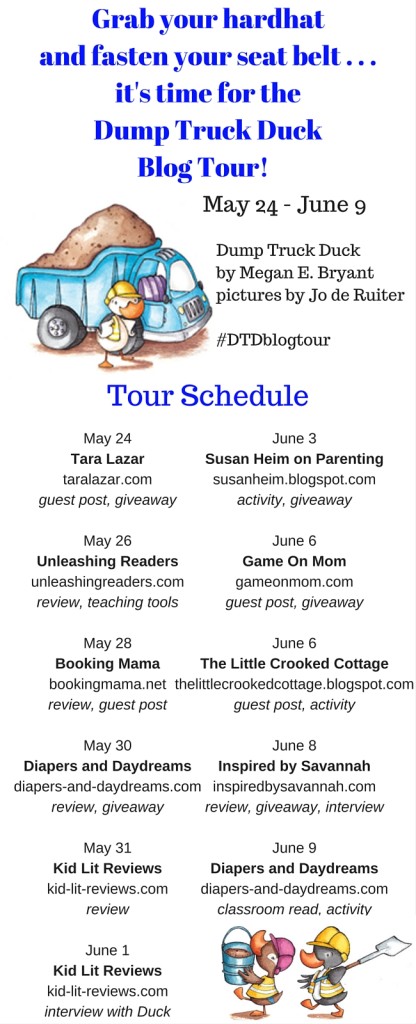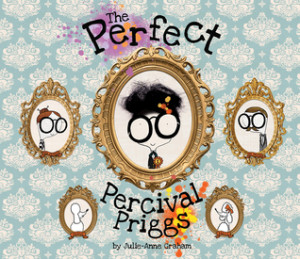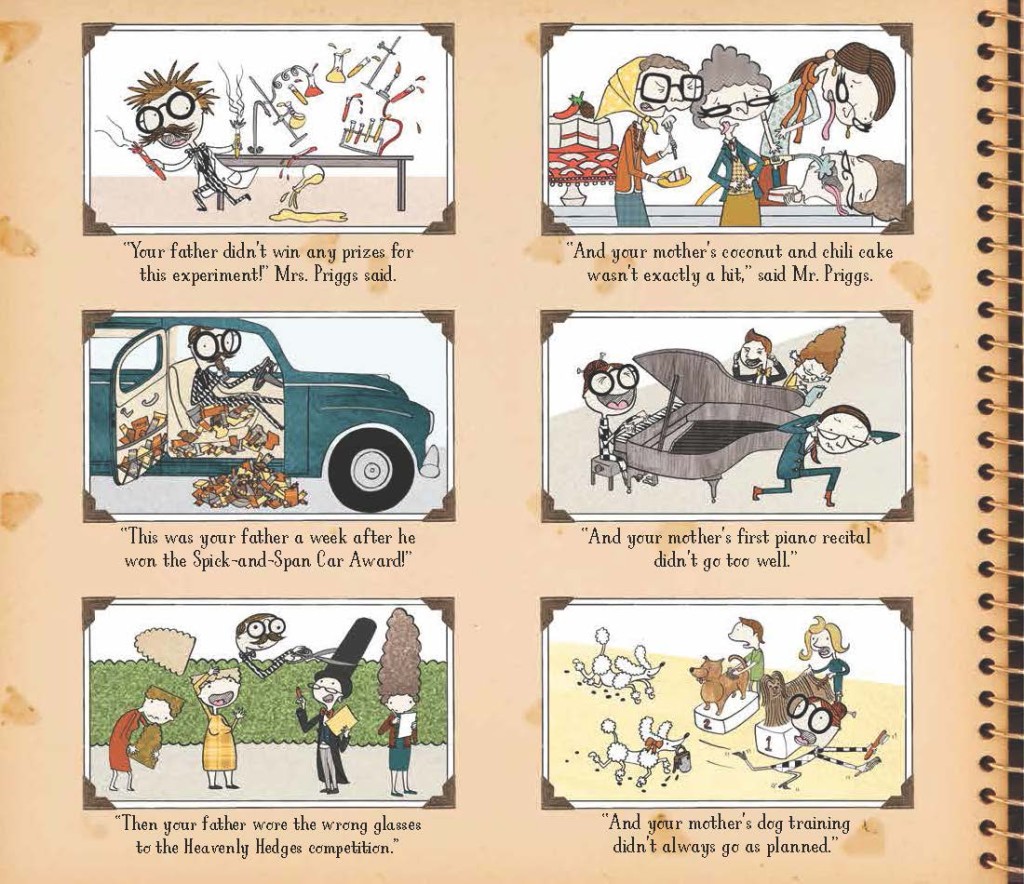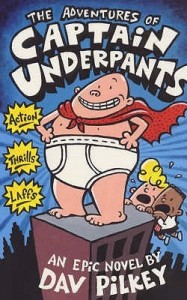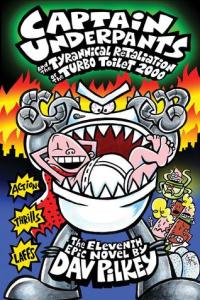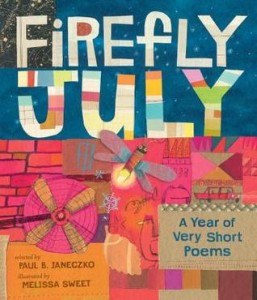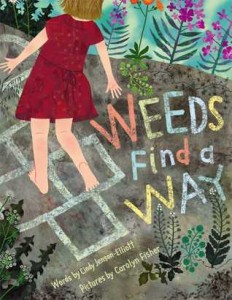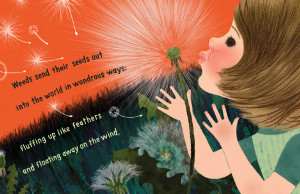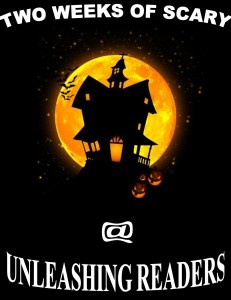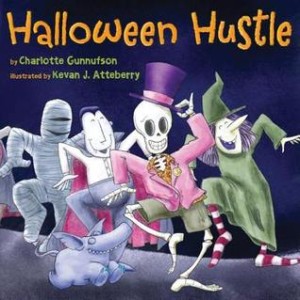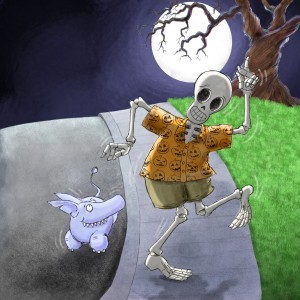Nonfiction Wednesday
Nonfiction Picture Book Wednesday is hosted by Kid Lit Frenzy and was started to help promote the reading of nonfiction texts. Most Wednesdays, we will be participating and will review a nonfiction text (though it may not always be a picture book).
Be sure to visit Kid Lit Frenzy and see what other nonfiction books are shared this week!
O is for Orca
1-2-3 Moose
Author: Andrea Helman
Photographer: Art Wolfe
Published February 23rd, 2016 by Little Bigfoot
O is for Orca Summary: O is for orca and P is for puffin! With beautiful photographs by acclaimed nature photographer Art Wolfe, this book brings the alphabet to life for toddlers through colorful animals and landscapes. Wildlife in the book includes auklets, bears, coyotes, deer, eagles, lynx, salmon, urchins, and more.
1-2-3 Moose Summary: 1 wolf, 2 moose, 3 cougars, and more! Award-winning nature photographer Art Wolfe’s engaging photos of animals introduce young children to wildlife while also teaching them numbers and how to count in this colorful and educational board book.
Kellee’s Review: Too often books for toddlers talk down to them and are too simplistic. I really love books that are real and teach toddlers in a way that respects the intelligent human beings they are. These books teach the reader about so much of the Northeast US wildlife while also working on ABCs and counting. I really enjoyed how not only does it say “O is for Orca,” but the author also describes the nature photographs that accompany the letter/number (ex. “Swimming by mama’s side is where orca calves love to be.”) And speaking of the photographs, they are beautiful! Wolfe is a very talented nature photographer whose eye brings the nature to us.
Ricki’s Review: These beautiful photography in these two board books will inspire kids to want to learn their letters and numbers. Admittedly, I don’t know a whole lot about the Pacific Northwest (I am a New Englander), so I had a lot of fun learning about this location and its wildlife as my son and I read these two books together. The words rolled off of my tongue, and I particularly loved all of the alliteration!I am so glad that these books are being offered in the board book format because the photography and bright, colorful animals will engage even the youngest readers.
Teachers’ Tools for Navigation: While teaching the ABCs or counting 1-12, these books give a perfect tie in to science. These would be a perfect cross-curricular text to incorporate in early childhood classrooms and preschools. Students could also make their own ABC and 123 books by taking photographs or drawing nature from their state.
Flagged Passages:
Read This If You Love: ABC or counting books, books about nature
Recommended For:
**Thank you to Sasquatch Books for providing copies for review!!**
